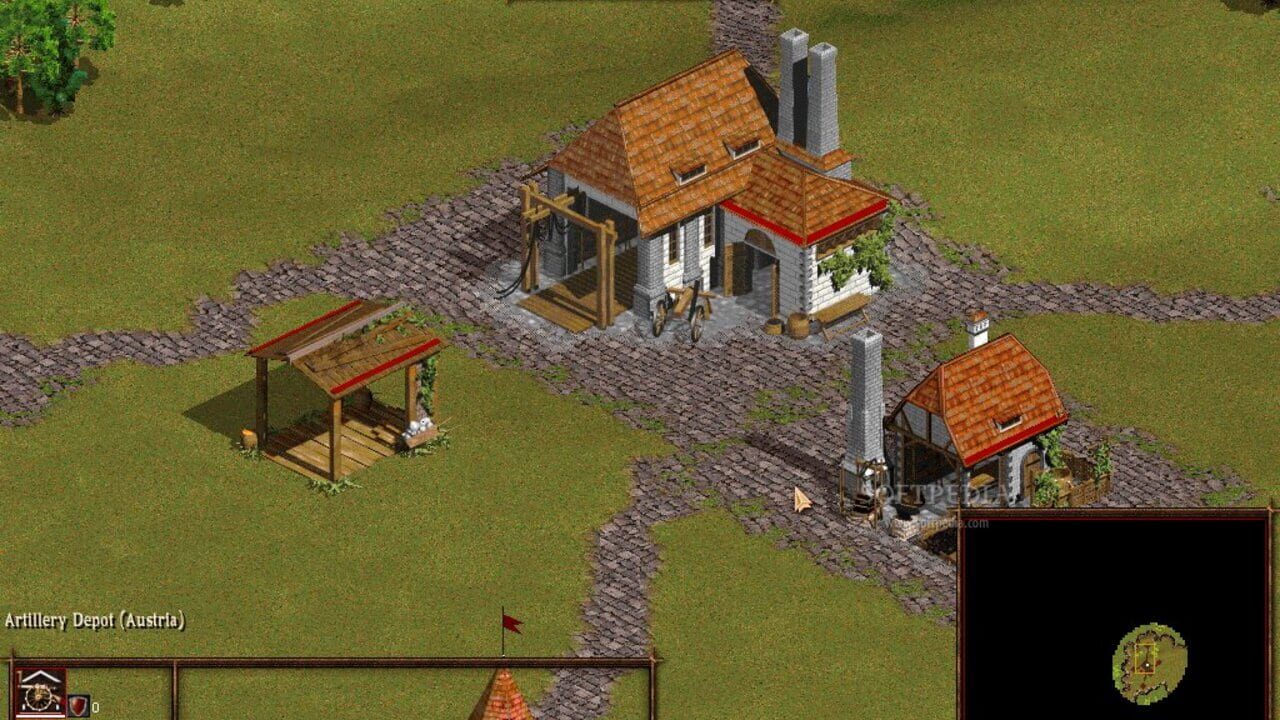

Turf protection is a salient characteristic of these armed formations. More closely in time and place, the commanders’ modus operandi recalls the Makhnovshchina of almost one hundred years ago in this same territory (in the first several years after World War I, the highly decentralized Revolutionary Insurrectionist Anarchist Army militia controlled and operated in this area). This pattern is reminiscent in some ways of the feudal fragmentation of yore. Moreover, the field commanders rule portions of the “LPR’s” territory de facto, in nominal and conditional allegiance to the center. Various armed formations in the “LPR” are operating, as a rule, uncoordinated with Luhansk authorities or with each other and sometimes in rivalry with each other (see accompanying article).įield commanders must, to a certain extent, take orders from their Russian sponsors and from Luhansk military authorities but they tend to be recalcitrant and insubordinate toward the “LPR’s” political leadership. The armistice in Ukraine’s east affords Russia a breathing pause to institutionalize the secessionist Luhansk and Donetsk “people’s republics.” The “Luhansk People’s Republic (LPR)” is even less institutionalized and more chaotic than the nearby Donetsk republic (“DPR”).


 0 kommentar(er)
0 kommentar(er)
